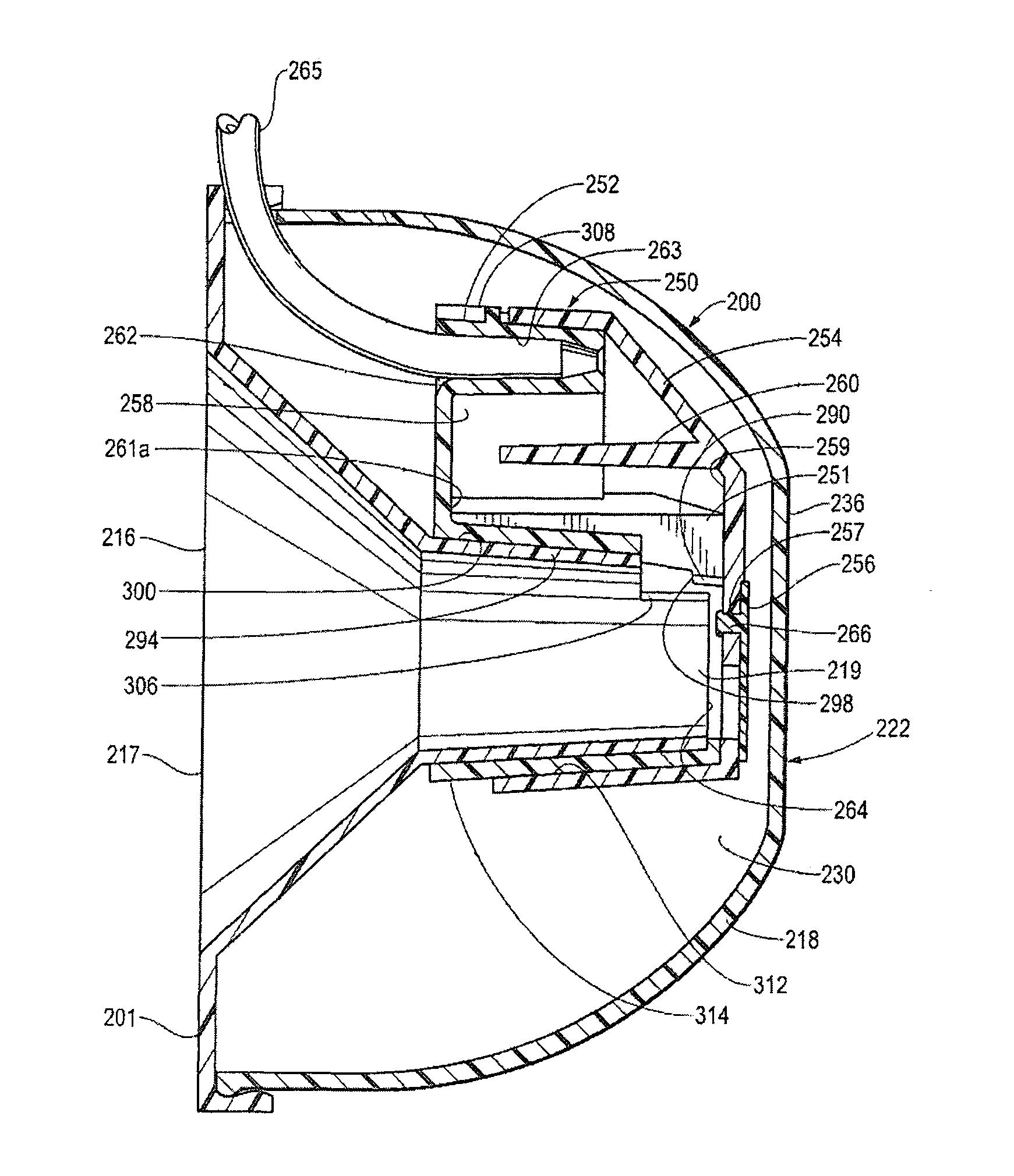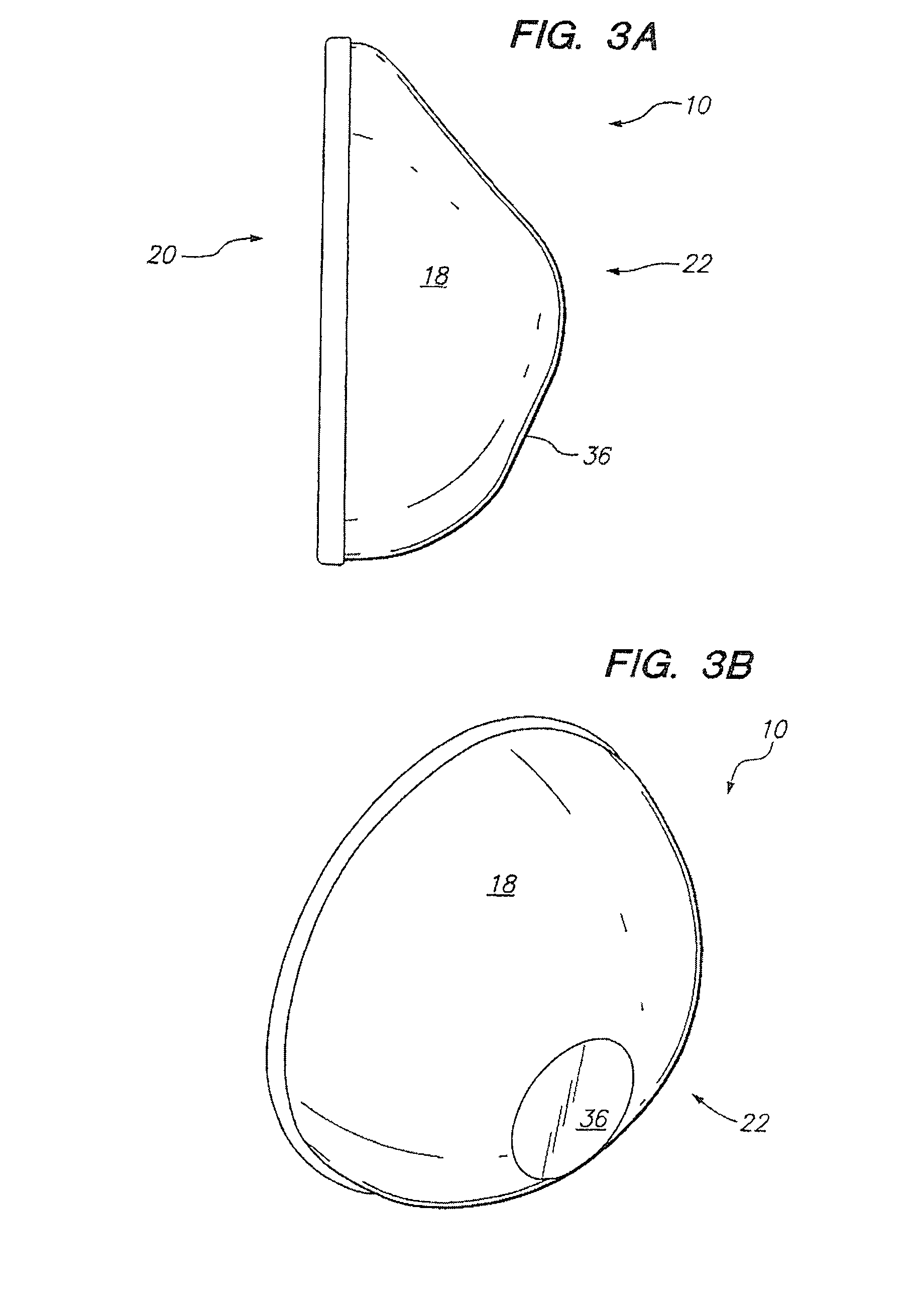No infant formula can completely replicate the composition and benefits of human breast milk.
Unfortunately, there are many challenges to implementing breastfeeding.
Furthermore, newborns may require up to 45 minutes per feeding.
Some mothers have physical limitations which inhibit breastfeeding, such as inverted or sore nipples.
Other mothers simply cannot make enough milk for their infants, and find that they must supplement their milk production with formula.
In other cases, the physical limitations lie with the infant, namely premature or low birth weight infants who have weak suckling abilities, “floppy” infants with poor muscle tone, “tongue tied”, cleft lip or cleft palate infants who cannot create a seal between their mouth and the nipple.
In addition to physical limitations, societal norms create obstacles to breastfeeding.
Consequently, despite many government programs and initiatives to promote breastfeeding, most American women abandon breastfeeding long before the recommended first year of life.
This process, which must be continually repeated every two and a half hours is isolating, cumbersome, and extremely disruptive during work.
Additionally, many breast pumping devices require the mother to use both of her hands to keep the equipment in position for efficient pumping, which prevents the mother from being able to perform other tasks as may be required in the workplace.
The initial and recurring costs involved with using pumping equipment is a further factor which may limit the attractiveness of continuing to breastfeed.
Presently, few breast pumping devices allow for true hands-free operation.
For cost considerations, these pumps are not constructed to allow such thorough cleaning as the true hospital grade pumps, and so are intended for single users.
If substantial positive pressure was actually introduced into this cycle, there would be a tendency to “blow” the adaptor off the breast, resulting in a disruption of the pumping rhythm, and possibly causing small amounts of milk in the adaptor to leak from the device and onto the user, rather than migrate into the collection container.
Thus, even though a pump, once engaged for a pumping session may never reach into the positive pressure range on an atmospheric scale, the valving means adapted for such pumps are usually weak enough so that simply the weight of expressed milk which builds up within the enclosure can force itself through.
While many of these devices provide good suction and milk collection characteristics, hands-free operation is not possible because of the need to use the hands to hold the device against the breast during milk collection.
Furthermore, because of the size and shape of these devices, the user must be frontally undressed to pump milk.
However, since the entire assembly of adaptors, bottles and hoses is relatively large and cumbersome, in practice these devices still require a woman to undress to put on and to remove these devices with each use.
Furthermore, as the bottles fill with milk, they may require some support of the bottle assembly system by hand.
While this solution goes a long way towards providing a hands-free design, the placement of the collection container outside of the brassiere is cumbersome and unwieldy when placing and removing this device.
Also, while Prentiss attempts to provide an unobservable and virtually unnoticeable low profile application beneath normal clothing, the Prentiss design raises other issues.
Therefore, while Prentiss is likely to be effective for passive milk collection or for women with an abundant milk supply who require little suction to release their milk, its design may result in the failure to trigger the milk expression reflex in many women.
While less cumbersome and completely portable when compared to the other solutions discussed herein, the use of the hanging plastic milk bags employed by the Whisper Wear device is unwieldy.
Additionally, the system is expensive when the up front costs of the device are considered along with the ongoing costs of disposable batteries and single-use collection bags.
This renders the system uneconomical for many mothers.
The problem is one of scale.
Furthermore, the housing of the device limits the “throw” within this cavity to less than an inch, resulting in a much lower displacement, and therefore, a much less vigorous pumping action for milk expression.
These characteristics make the Whisper Wear pump inadequate for many women as a full time pumping solution.
Larsson does not disclose a breast pump collection device having a breast adaptor with a valve assembly wherein the valve assembly comprises a baffle structure configured to prevent the back flow of milk into the vacuum line when large amounts of aerated milk flow up into an overflow chamber before the suction of a negative pumping cycle is released, without milk entering the vacuum line.
Larsson here does not disclose a breast pump collection device having a breast adaptor with a valve assembly wherein the valve assembly comprises a baffle structure configured to prevent the back flow of milk into the vacuum line when large amounts of aerated milk flow up into an overflow chamber before the suction of a negative pumping cycle is released.
Hunckler does not disclose a breast pump collection device having a breast adaptor with a valve assembly wherein the valve assembly comprises a baffle structure configured to prevent the back flow of milk into the vacuum line when large amounts of aerated milk flow up into an overflow chamber before the suction of a negative pumping cycle is released.
Therefore, due to this “letdown phenomenon,” a great deal of milk that could be collected and fed to the infant via bottle is currently being wasted by most breastfeeding mothers.
Breastfeeding physically challenged infants presents its own special problems.
A significant number of infants with physical challenges, such as floppy infants, premature infants, or infants with cleft lip / palate have difficulty initiating the letdown reflex on their own.
These challenges may be due to a lack of adequate strength to latch onto the breast, difficulty creating sufficient suction, or a lack of focused attention.
As a result, many physically challenged infants cannot derive sufficient caloric intake for their sustenance from natural breast feeding.
When the overflow chamber is used, the mixture of milk and air in the drip tube can cause turbulence in the liquid, causing the milk to bubble and become airborne due to the suction force.
 Login to View More
Login to View More  Login to View More
Login to View More 


